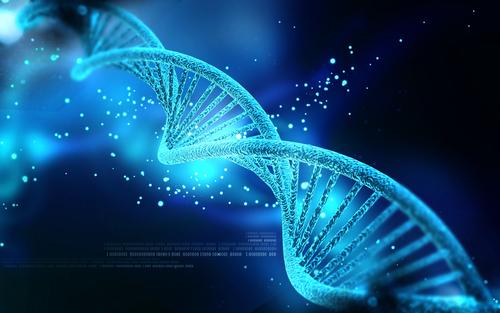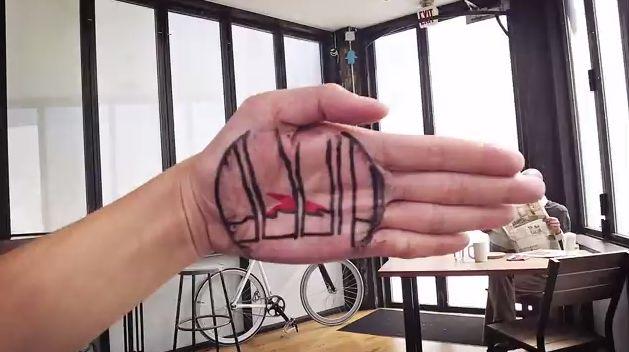One of the most significant achievements in the field of biomedical engineering is the creation of DNA nanobots. These molecular robots made of DNA are designed to deliver medicines to specific cells that require healing and to target harmful cells, killing them without harming the healthy ones.
Unlike commonly used drugs and supplements, nanobots have a measure of intelligence and can conveniently move through the body in smart ways.
How are these nanobots produced? Scientists use DNA, breaking up the components and rearranging them into shapes such as barrels to carry medicine. DNA naturally has a tendency to react in certain ways to outside stimuli, and its components assemble according to natural attraction and repulsion. These reactions are manipulated to make the nanobots and to program them.
Nanobots are free-floating structures that move through the bloodstream and remain neutral until they encounter a particular site that requires assistance. With the help of molecular cues programmed into them, they can identify a precise location and perform the necessary actions.
Treatment with nanobots could prove to be especially effective against cancer. With chemotherapy treatment, healthy cells are killed along with the cancerous cells. Nanobots can detect the cancerous cells, however, and only release medicine upon encountering them.
Dr. Ido Bachelet told Israeli publication Globes in May: “It’s a bit like talking about a better gun, which only kills bad people.”
On Discovery News, Lloyd Smith, a chemist at the University of Wisconsin, said: “This is the first time that systems of nano-machines, rather than individual devices, have been used to perform operations, constituting a crucial advance in the evolution of DNA technology.”
People are curious to know what happens to nanobots after the treatment is completed.
No one wants a bunch of nanobots with powerful drugs floating around in their bodies. That is not a likely scenario; these nanobots have a half-life of an hour or two, but can be modified to live for three days before they begin the disintegration.
The body is then free of both infectious cells and nanobots. The big challenge for researchers now is to prove that their molecular robots can work in a living animal. The next stage of the experiments begin with testing in mice.
Liberte Media is an online agency that focuses on increasing user engagement through search engine optimization, pay-per-clicks, social media marketing, and content management.
*Image of DNA via Shutterstock




